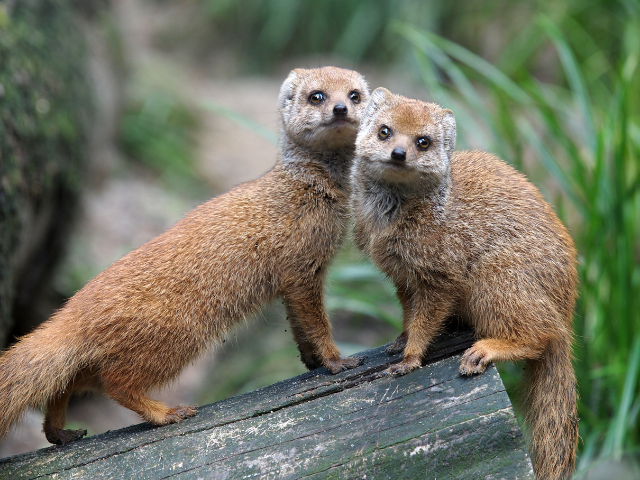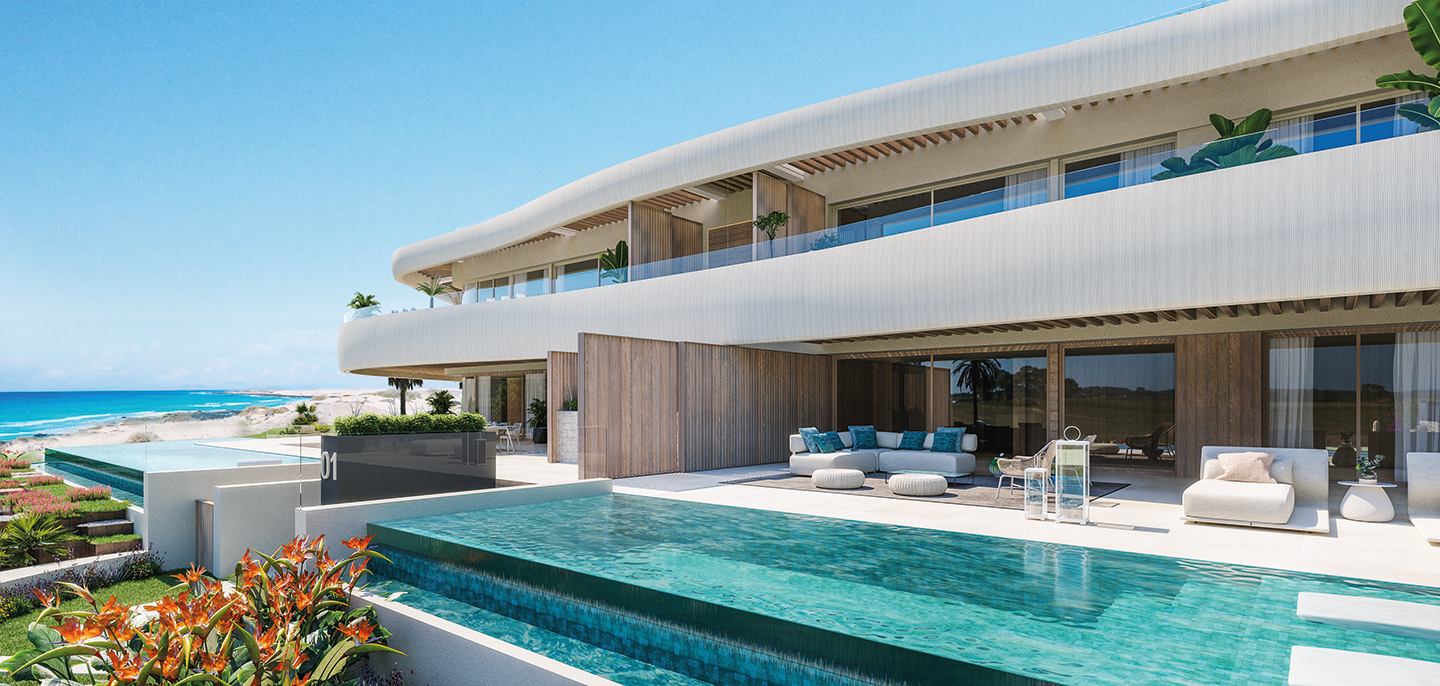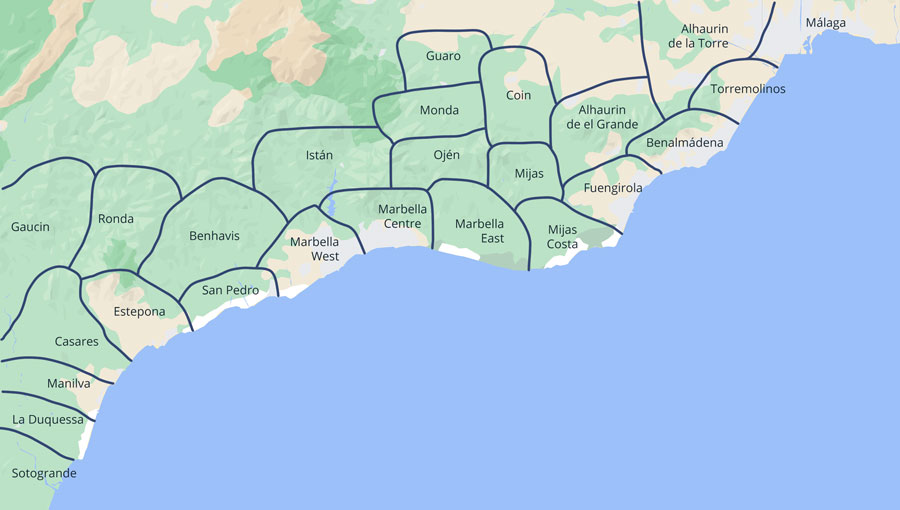How Mongoose Survive on The Costa Del Sol!!

While on a walk you might get a glimpse of something trotting through the undergrowth. Mongooses, particularly the Egyptian mongoose (Herpestes ichneumon), introduced from north Africa, are well-adapted to surviving in regions like Alcaidesa on the Costa del Sol due to several factors that align with their natural behaviours and ecological needs:
- Ideal Habitat
Alcaidesa, like much of the Costa del Sol, offers a mix of natural landscapes, including coastal areas, scrubland, forests, and open fields. This variety provides the mongoose with the perfect environment to thrive. Mongooses prefer areas with dense vegetation and cover, where they can hide and hunt, and the diverse terrain of Alcaidesa suits these needs.
- Diet and Food Availability
Mongooses are opportunistic omnivores, which allows them to thrive in a range of environments. In Alcaidesa, their diet includes:
Small mammals like rodents
Birds and eggs
Reptiles, such as snakes and lizards
Insects and other invertebrates
Fruits and berries from the surrounding vegetation
This wide-ranging diet makes them highly adaptable and able to survive even when certain food sources are scarce. The rural and semi-wild areas around Alcaidesa offer plenty of food sources for them, including small animals and insects.
- Lack of Predators
The Egyptian mongoose has few natural predators in this part of Spain. While large birds of prey, such as eagles or large owls, might pose a threat to young mongooses, adults face little predation, allowing them to roam relatively freely. This factor contributes to their ability to maintain stable populations in the region.
- Adaptability to Human Presence
Mongooses are quite adaptable to human-altered environments. While they prefer more rural or natural areas, they can live near human settlements if food is available and they can find shelter. Alcaidesa, with its combination of residential areas and natural spaces, offers a balance where mongooses can coexist with humans while maintaining their natural habits.
- Climate Compatibility
The Mediterranean climate of the Costa del Sol, including mild winters and long, hot summers, is ideal for the mongoose. Originally from warmer climates in Africa, the Egyptian mongoose is well-suited to the dry, warm conditions of southern Spain. The region's climate supports the plants, prey, and conditions necessary for their survival.
- Protected Natural Areas
The surrounding natural parks and protected areas, such as the Los Alcornocales Natural Park, offer additional habitats where mongooses can thrive undisturbed. These parks provide expansive, undisturbed ecosystems that support a variety of wildlife, including the mongoose, allowing them to flourish without the pressures of urbanization.
- Role in Controlling Pests
Mongooses play an important ecological role by controlling populations of rodents and snakes, which can become pests in certain areas. This natural pest control is beneficial in both rural areas and places with human activity, making them a valuable part of the ecosystem in Alcaidesa.
The mongoose population in Alcaidesa is thriving because the area offers suitable habitats, abundant food sources, a favourable climate, and minimal threats from predators. Their adaptability to both natural and semi-urban environments allows them to coexist with humans while fulfilling an important ecological role.






 We are proud to announce that The Spanish Estate Agent has been awarded Best Luxury Boutique Real Estate Broker 2025. This prestigious recognition reflects our unwavering commitment to excellence, personalized service, and exceptional results in the luxury property market.
We are proud to announce that The Spanish Estate Agent has been awarded Best Luxury Boutique Real Estate Broker 2025. This prestigious recognition reflects our unwavering commitment to excellence, personalized service, and exceptional results in the luxury property market.